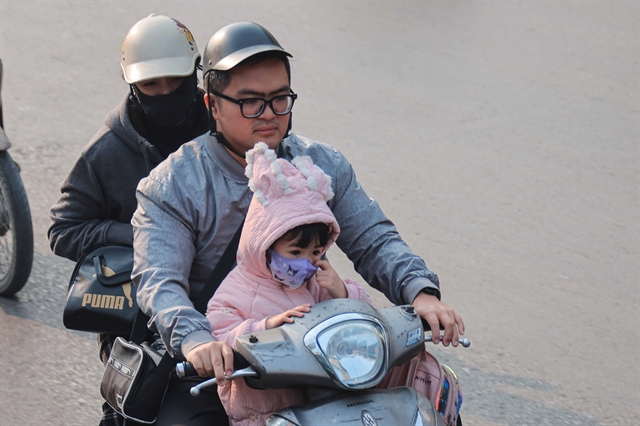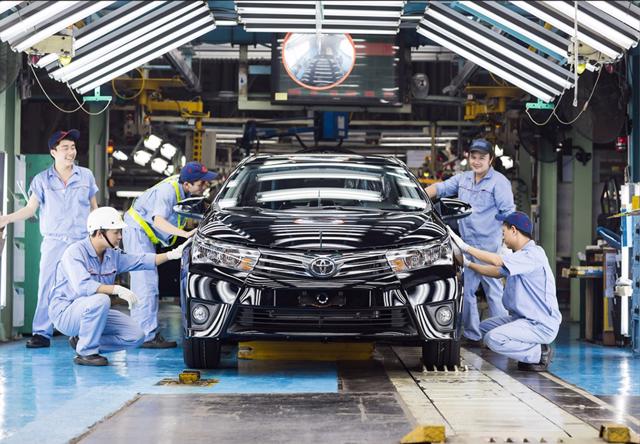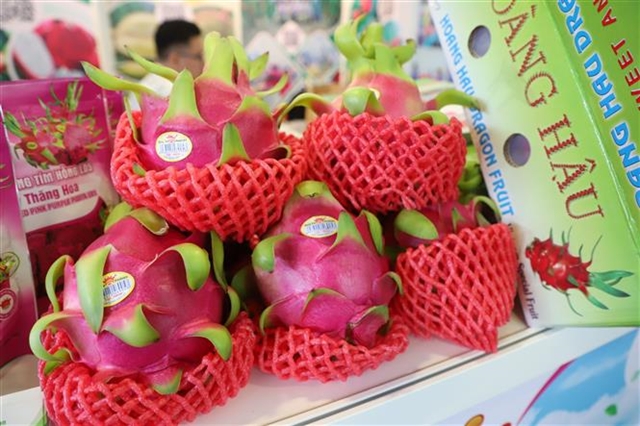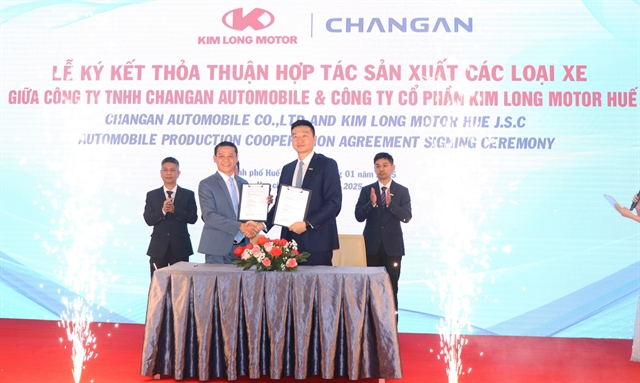

How can Vietnam develop its own rich cultural traditions and transform them into world class festivals?
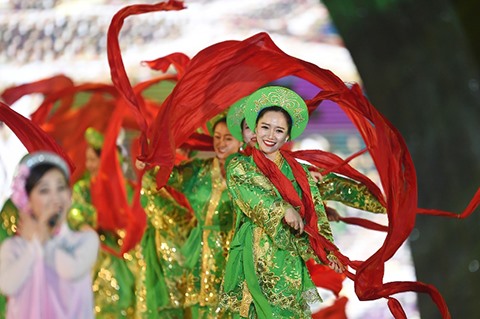
|
Carnival in Rio de Janeiro, Mardi Gras in New Orleans, Oktoberfest in Munich, Cherry Blossom season in Japan, King’s Day in Amsterdam, Song kran in Bangkok. It’s no coincidence that many of the world’s most popular destinations are home to some of the best loved festivals. So how can Vietnam develop its own rich cultural traditions and transform them into world class festivals?
International successful formula
According to the Japan Tourism Agency in Vietnam, the number of Vietnamese tourists travelling to Japan has increased six-fold in the last five years. From 55,000 in 2012 to 308,900 in 2017, that’s a yearly growth rate of 41.4%. In the first three months of 2018, Japan welcomed 86,300 Vietnamese tourist arrivals, an increase of 16.3% compared to the same period in 2017. This exceeded the number of visitors coming from European markets, such as England and France.
In fact, since 2016, Japan has been the the leading overseas destination for Vietnamese tourists — so why do Vietnamese people love Japan so much? Experts and tourism management authorities believe Japan’s natural beauty, rich cultural heritage, pleasant climate and flourishing product industry all appeal to Vietnamese tourists. But they also say the country’s distinctive traditional festivals add tremendous appeal.
Through the year, scores of festivals are held in Japan. During Tet (Lunar New Year), tourists visiting Japan will experience O-Shogatsu (New Year Celebration) and have a chance to eat toshikoshi-soba (longevity noodles). Between the end of March to early May, the Hanami (Cherry Blossom) Festival attracts millions of international visitors from all around the world.
Aside from national celebrations such as Tanabata (Star Festival) and Obon festival, Japan hosts thousands of local festivals each year, including summer festivals, autumn festivals and agricultural festivals, all of which are accessible and inviting for visitors, who can savour a festive atmosphere, sample traditional foods, play traditional games and watch cultural performances.
Cultural and traditional festivals have often played an integral role for making tourism destinations more appealing in the eyes of tourists, not just in Japan, but in many other Asian countries, and in the Americas and Europe. It’s an effective way for the countries to promote their image and tourism brand. You might see cultural festivals as a "trump card" that gets destinations flashing on the world travel map.
Vietnam’s burgeoning festival scene
On the night of April 28, 2018, Sun Carnival Square in the centre of Bai Chay, Ha Long City, exploded with cheers and applause from thousands of people attending Carnival Ha Long 2018. An epic show lasting for more than four hours featured thousands of local artists with many international performers joining them on stage. This cultural extravaganza, which fused traditional and contemporary art forms, concluded with a spectacular fireworks display and a memorable DJ show, thrilling a huge audience through the night.
Co-organised by Sun Group and Quang Ninh provincial authorities, it was the first ever Halong Carnival, but it was clear from the reaction of the crowd that it had great potential to become a significant cultural event for the northeast of Vietnam — home to the UNESCO protected heritage Halong Bay.
There’s no denying the abundance of natural beauty found throughout Vietnam – Halong Bay is truly one of the world’s natural wonders. But Halong Carnival 2018 showcased how an innovative and exciting cultural event can add even more appeal to a destination, attracting many more visitors.
Industry observers believe the carnival greatly contributed to the impressive growth that Quang Ninh tourism achieved in the first half of 2018, when the coastal province welcomed 7.5 million visitors, an increase of 26%, generating tourism revenue of over VND12,000 billion, up 31% over the same period in 2017.
Bouyed by the success, Sun Group and Quang Ninh authorities organised Carnival Halong to once again coincide with Reunification Day and National Labor Day, which this year meant a five-day holiday from April 27 to May 1, 2019.
During this time Quang Ninh province welcomed 600,000 tourists, an increase of 18 percent compared to the same period last year. For the second year running, the Carnival Halong’s parade exploded with vibrant energy all along the streets by Bai Chay Beach.
Lighting up Central Vietnam
As the economic and tourism capital of Central Vietnam, Danang has greatly benefitted from its hugely successful fireworks festival, which was first held as a two-night fireworks contest in 2008. Over the years, the event has grown into a much longer festival and has been held under the organization of Sun Group since 2017. The festival, which has grown in stature for over a decade, and will run for five weeks in 2019, has undoubtedly made the city a more vibrant and dynamic destination for visitors.
According to Mr. Tran Chi Cuong, deputy director of the Da Nang Department of Tourism: “During the two months when Danang International Fireworks Festival (DIFF) 2018 was being held, the number of tourist arrivals to Danang reached 1,581,558 visitors, an increase of 25.54% compared to the same period in 2017. Because of the considerable increase in the number of tourists, accommodation occupancy achieved 70-90% during the festival in spite of a rise of 7,355 rooms compared to the same period in 2017.”
With the aim of making DIFF a world-class festival, Sun Group has spearheaded its production development in association with private enterprises and local authorities. As a result, the fireworks displays have become more and more spectacular. With eight of the world’s best pyrotechnics joined by thousands of artists, dancers and performers, and many more cultural events—street carnivals, food festivals and more—held throughout the city, the festival continues to wow audiences each year, showcasing Danang and attracting more visitors to Central Vietnam.
According to one local tourism insider: “Since Sun Group first launched the fireworks festival, DIFF has steadily matured into a really spectacular city-wide festival that creates a huge buzz that not only generates tremendous revenue for the city but I believe also inspires everyone to make Danang an even more vibrant and attractive destination. Each festival makes a stronger impression than the last.”
The long-term success of DIFF, now in its second decade, and the recent splash made by Halong Carnival, both highlight how Vietnam can prosper from well-developed cultural festivals. To develop these festivals requires a shared vision from all associated stakeholders as well as major strategic investment. But it is clear that there are great rewards to be yielded when a spectacular event has a destination flashing on the world tourism map.

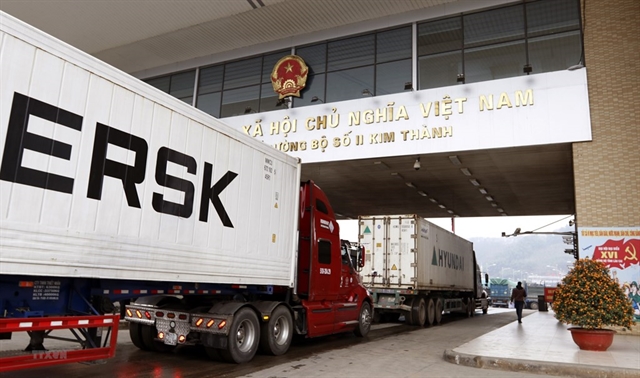
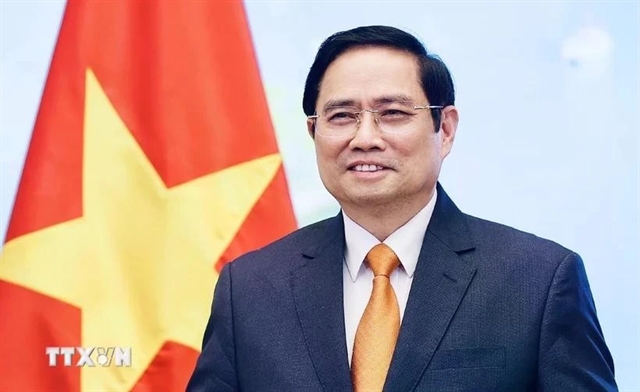
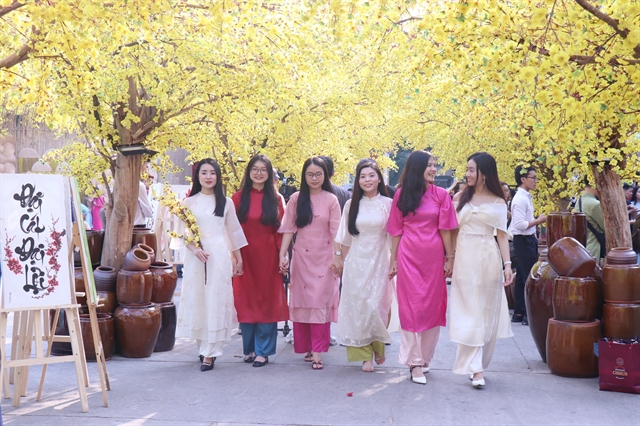
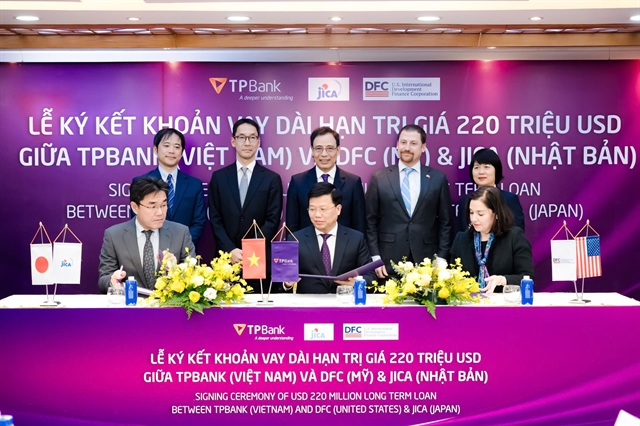
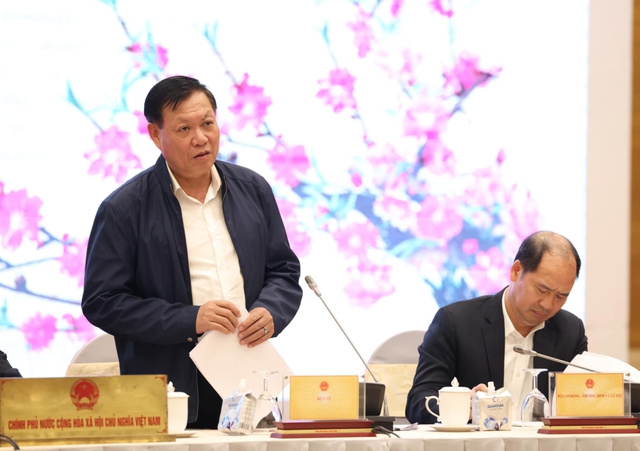
.jpg)
